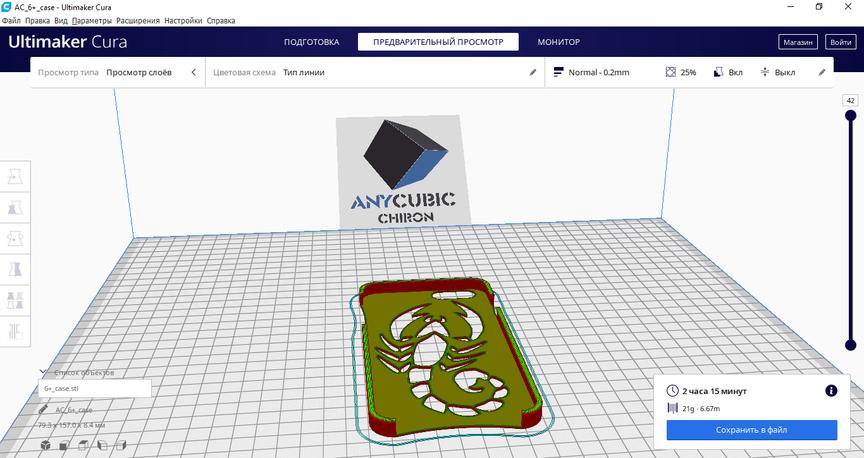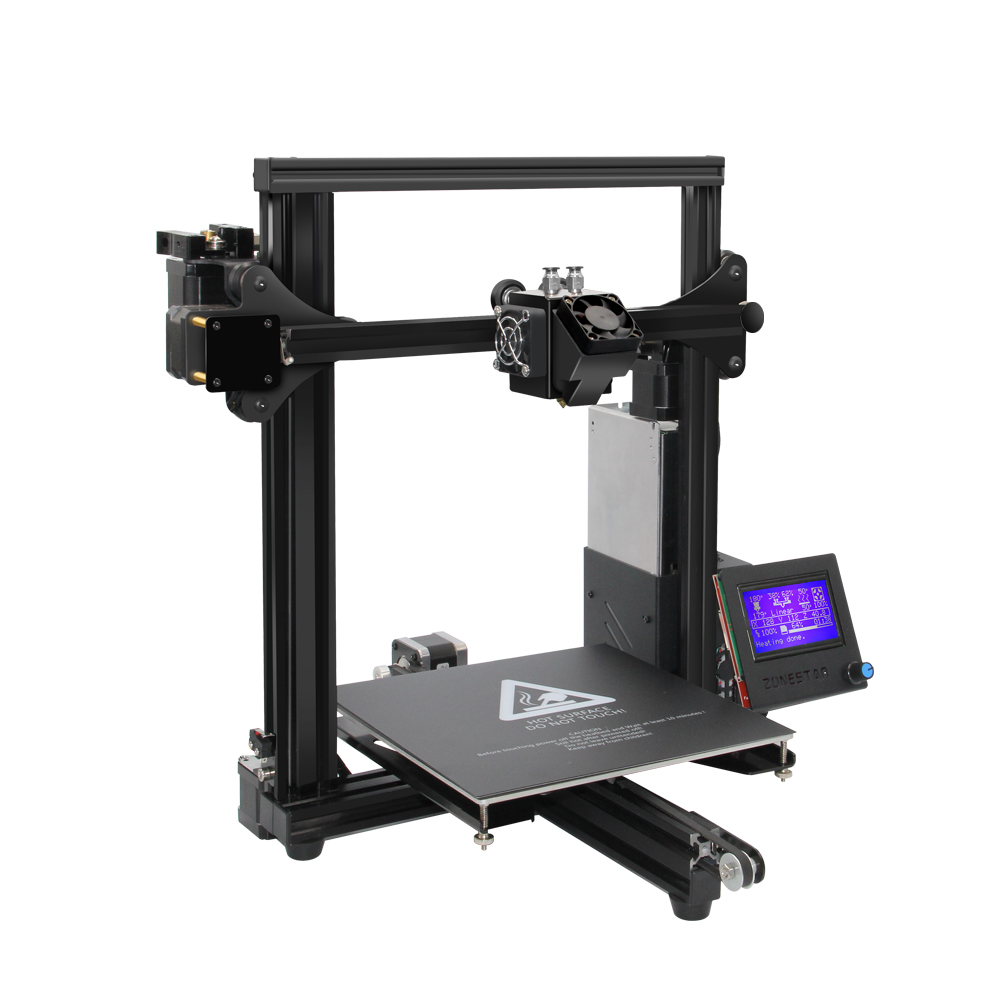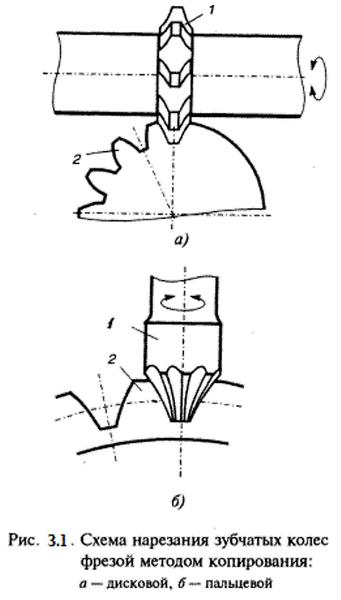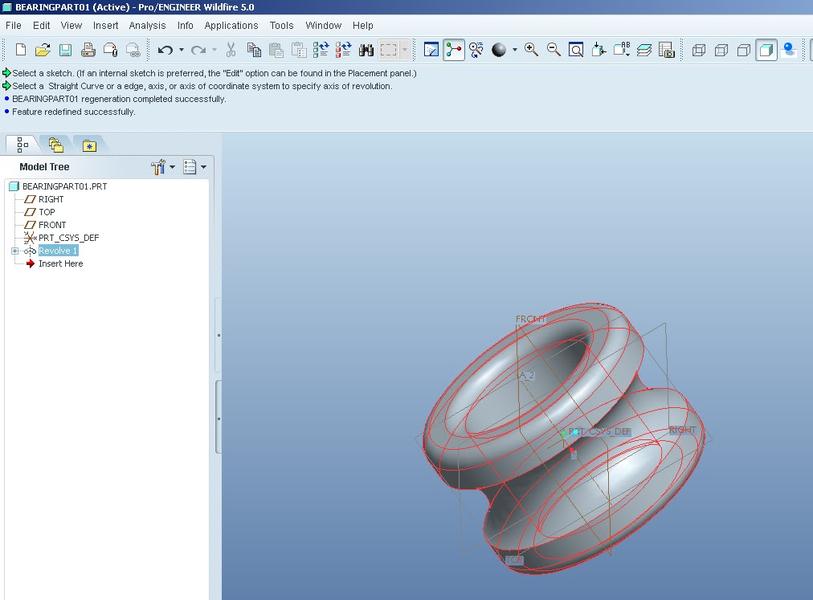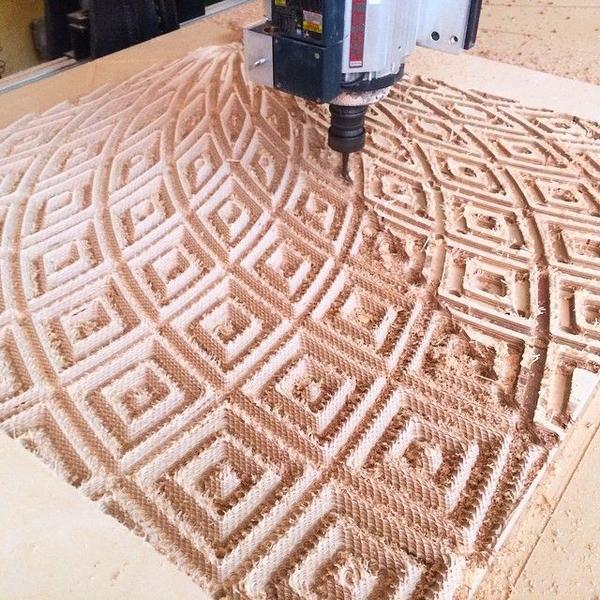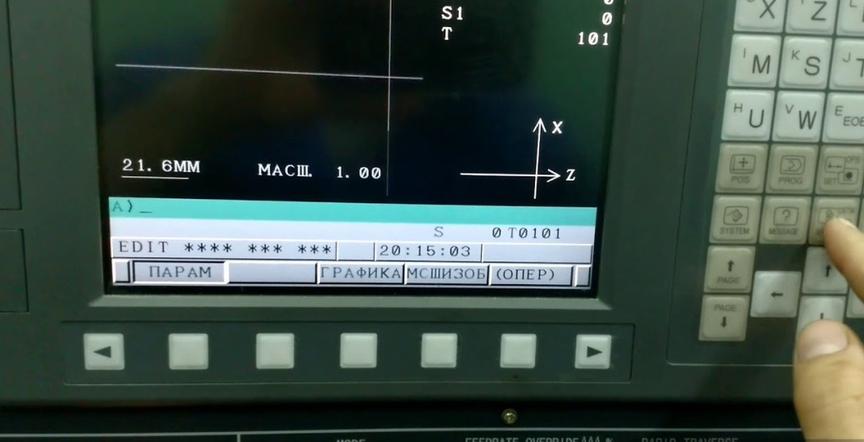How to print a phone case on a 3D printer: choosing a volumetric model and material
For smartphones, there are many accessories available, but how do you find something exclusive in the market, something that nobody else has? For example, an unusual phone case? A truly unique item will have to be created by yourself. Additive technology and devices for creating 3D objects can help with this.
Printing phone cases on a 3D printer
The choice of material for printing depends on the protective accessory for the phone. It is also important to consider whether the 3D printer can work with the necessary filament. Then you can start designing the case.
Which model to choose?
Three different accessories are offered for protecting the smartphone:
- A case that covers the rear cover and all four sides;
- A cover that hides the back area and the left and right sides;
- A bumper that only protects the sides and leaves the back cover open.
All three models are suitable for printing on a 3D printer, but there are a few nuances. The bumper is a kind of frame, and making it exclusive is not easy. However, it is decided to create the product by hand precisely to achieve a unique result.
That leaves the case and the bumper. For both of them, an unusual design can be created - the area covering the back cover of the phone will become a canvas for creativity.
Which material to choose?
The case should fit the smartphone's body snugly, but at the same time, inserting and removing the phone from the case should not require much effort. This requirement is met by flexible materials such as thermoplastic polyurethane, copolyester, and other copolymers. TPU, TPE, TPC, PVA, and Flex filaments are suitable for printing elastic phone cases.
Important. Before making a final material choice, it is necessary to check the capabilities of the printing device. Working with elastic filament requires special modes: temperature, air flow, and speed. It is important to make sure that the printer can support them.
A cover snaps onto the edges of the smartphone's body, so its flexible edges must be both resilient and strong. Nylon is the leader in strength, but the material shrinks significantly. To get the size of the cover right, several test copies will need to be printed. Another drawback is its high hygroscopicity, the material needs to be dried before printing. And third, the extruder temperature must be no lower than 250 °C.
An optimal choice would be PETG. It is a strong, flexible material with minimal shrinkage and average printer setting requirements: the printing temperature is 235 °C.
How to print a phone case on a 3D printer?
A ready 3D model can be found in communities that gather printer users. However, to own an exclusive case, a digital prototype must be built independently. The process of creating an accessory includes several stages:
- Measuring the dimensions of the smartphone.
Attention! For elastomer cases, the dimensions are taken without adjustments, while a rigid plastic case will require scaling to leave a small gap between the body and the protection.
- Designing a digital 3D prototype in the appropriate program. The most complex stage, requiring modeling skills.
- Modifying the 3D model according to the designed design - creating a shaped cut, applying patterns, inscriptions, monograms, and other distinctive details.
- Converting the object into an STL file and sending it to a slicer for printing preparation.
Recommendation. To check the dimensions' match, a test product should be printed without design refinement. If discrepancies are noticed, it will be easier to correct them in the prototype, where there are no drawings, cuts, and other artistic details.
Printing mistakes and ways to avoid them
The most common mistake is choosing the wrong material. For example, a PLA plastic cover will lose its shape when the phone heats up during active use. PETG covers can break if the side walls are too thin. Thin-walled models should be printed from elastic materials, and rigid plastic should be selected based on the smartphone's maximum temperature.
The second mistake is incorrect modeling. When adding design details, the connections of individual elements, the dimensions, and the adjustment to the type of filament (whether there is shrinkage, and what is its magnitude) were not considered. If there are no skills in creating digital spatial objects, it is worth downloading a ready-made case model.
The third problem is incorrect slicer settings. If the layer thickness, extruder and bed temperature, filling percentage, and printing speed are selected incorrectly, the product can become brittle. To avoid such difficulties in the absence of sufficient experience with slicers, the solution is to print several items with different program settings.
Tip. Even experienced users sometimes do not achieve a decent result on the first try and search for the most accurate print settings empirically, by trial and error.
Those who deal with all the challenges of 3D modeling, the intricacies of print design cutting, and printer settings will receive a worthy reward - an exclusive phone case. Such an original product can become not only an object of envy and admiration of others but also a modern business idea.

